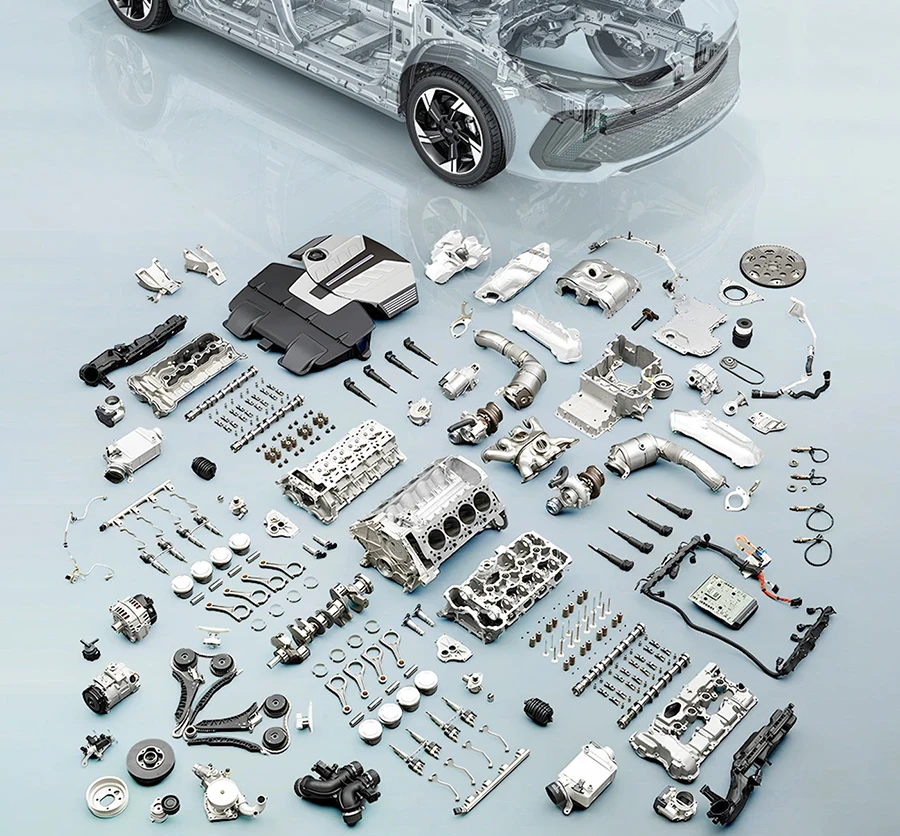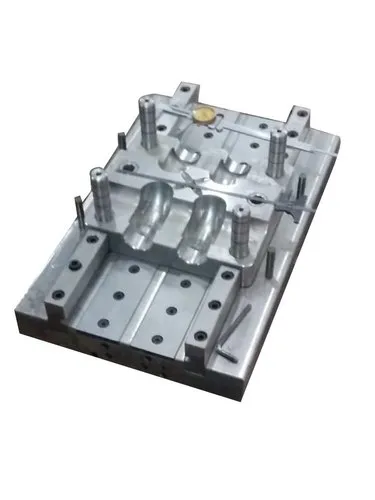As the automotive industry transitions into the era of autonomous driving, the demand for precision, durability, and lightweight components has surged. Molding solutions play a pivotal role in producing the complex parts required for autonomous vehicles (AVs), ensuring performance, safety, and cost-effectiveness.
Introduction to Part Molding in Autonomous Vehicles
Autonomous vehicles rely on a combination of sensors, computing hardware, and mechanical systems to navigate safely and efficiently. These systems require a broad range of molded parts — from sensor housings and camera mounts to structural and aesthetic interior components.
Part molding for autonomous cars differs from traditional automotive molding due to:
Advanced material requirements (lightweight, heat-resistant, EMI shielding).
Tighter tolerances for integration with sensors and electronics.
Customization and scalability for rapidly evolving AV technologies.
Types of Molding Used in AV Components
Injection Molding
Ideal for producing high-precision plastic parts such as LIDAR housings, dashboard panels, and cable management systems.
Supports integration of metal inserts and overmolding for complex assemblies.
Compression Molding
Commonly used for rubber and composite materials, useful for vibration dampening and sealing elements.
Insert & Overmolding
Enables multi-material designs by molding plastic around pre-inserted components, such as metal brackets or electronic parts.
Enhances functionality and reduces assembly steps.
2K (Two-Shot) Molding
Allows two different materials or colors to be molded into a single component, optimizing form and function (e.g., tactile controls or multifunctional panels).
Key Applications in Autonomous Vehicles
Sensor Housings & Mounts
Must withstand environmental exposure while not interfering with signal transmission (optical, radar, ultrasonic).
Often require EMI shielding and heat dissipation features.
Camera Enclosures
Require clear optics, weather resistance, and precise alignment tolerances.
LIDAR/ADAS System Casings
Built from high-strength, lightweight materials that protect delicate electronics.
Interior Components
Ergonomically molded with integrated cable paths and modular designs for autonomous vehicle dashboards and infotainment systems.
Battery & Power Module Casings
Molded from high-temperature-resistant thermoplastics or composites for electric autonomous vehicles.
Material Innovations
The rise of autonomous cars has driven innovation in molding materials:
High-performance thermoplastics (PPS, PEEK, polycarbonate blends).
Conductive plastics for EMI/RFI shielding.
Transparent polymers for sensor windows and optical clarity.
Bio-based and recyclable materials for sustainable manufacturing.
Benefits of Advanced Molding Solutions for AVs
Precision and Consistency: Automated molding ensures exact part dimensions for sensitive sensor alignment.
Scalability: Enables mass production of consistent parts as AV adoption scales.
Lightweighting: Reduces vehicle weight, improving battery efficiency and range.
Integration: Combines multiple functionalities into single molded units, streamlining assembly and reducing costs.
Durability: Ensures resistance to vibration, temperature extremes, and environmental exposure.
Conclusion
Autonomous car part molding solutions are central to the development and deployment of next-generation vehicles. As AV technology continues to evolve, molding techniques must also advance — providing smarter, more durable, and more efficient components that support the complex ecosystem of self-driving systems. Manufacturers investing in cutting-edge molding capabilities are well-positioned to lead in this high-growth automotive sector.


